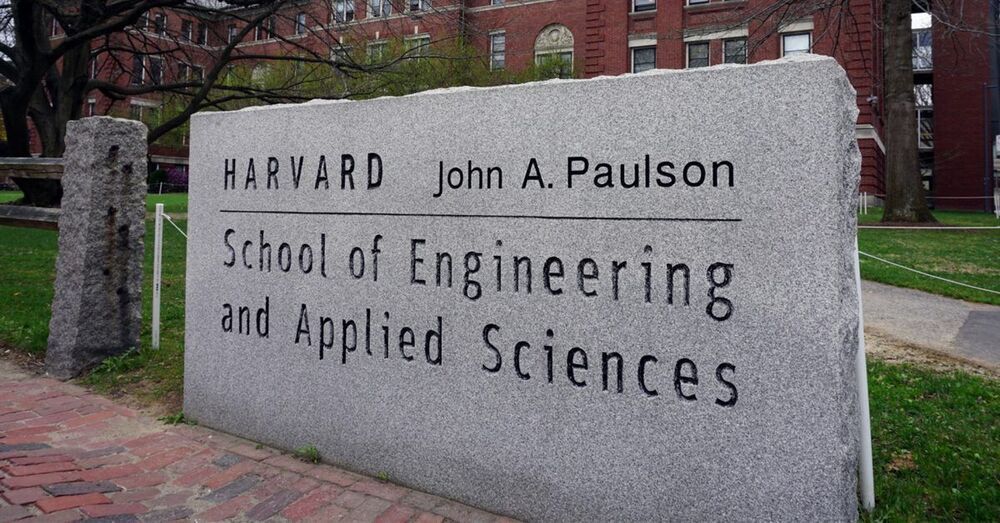To combat this, Li and his team at Harvard have designed their solid-state battery with a multilayer approach that stacks its materials of varying stabilities between the anode and cathode. Much like a sandwich. This multi-material battery sandwich helps alleviate the penetration of lithium dendrites by controlling and containing them rather than preventing them altogether.
As you can see from the image above, the Harvard team has simplified its battery design to a form that’s more our speed. In this case, a BLT sandwich. The top slice of bread represents the lithium-metal anode, followed by lettuce appropriately representing a coating of graphite. The two layers of tomatoes represent the first electrolyte, protecting the delicious middle layer of bacon as the second electrolyte. Everything sits upon the bottom slice of bread, or the cathode. Is anyone else suddenly hungry for batteries?
In this design, dendrites are able to grow through the graphite (lettuce) and first electrolyte (tomato) but are halted when they reach the second electrolyte (bacon), thus preventing the dendrites from shorting the entire battery. This multilayer approach provokes chemistry that makes the second electrolyte too tight for the dendrites to penetrate. Furthermore, the Harvard researchers say this same chemistry can backfill the holes made by dendrites, essentially making the solid-state battery self-healing. Is there anything better than a sandwich that can regenerate itself? Honestly.
